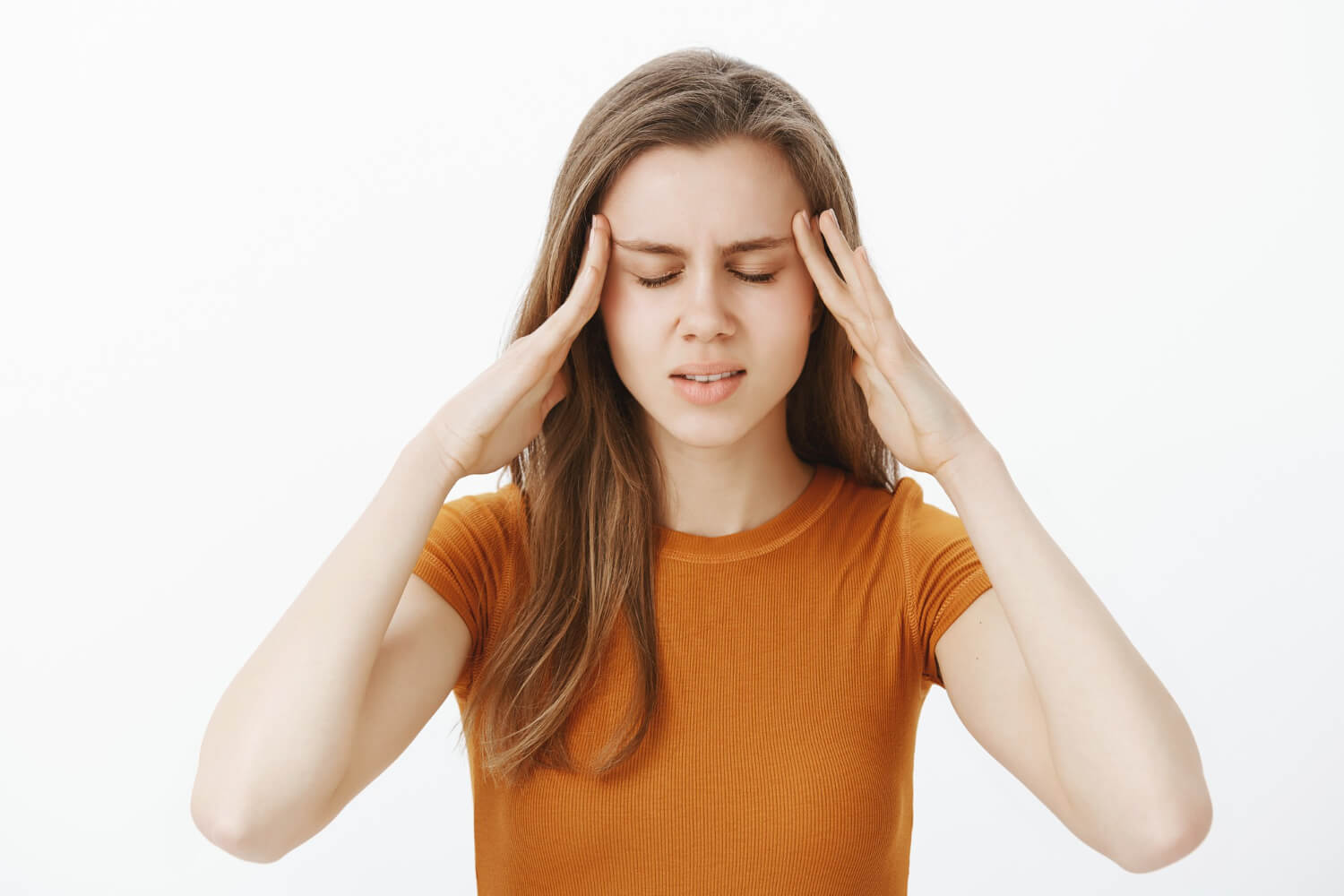Before knowing in detail about symptoms for migraine headaches, let’s see what migraine headaches are and how it’s different from other headaches.
Symptoms for migraine headaches: migraine is a complex neurological disorder that leads to a strong throbbing, pulsating headache on one side of your head. Physical exertion, bright lights, loud noises, or strong smells will probably make your migraine worse. The pain from a migraine episode might be so intense that it interferes with your regular activities and can persist for at least four hours or perhaps days. Although it can happen at any time of day, migraines frequently begin in the morning. 
Primary headaches and secondary headaches are two of the more than 150 different forms of headaches. A primary headache, such as a migraine, is one that isn’t brought on by another illness. Primary headache disorders can only be diagnosed clinically; a blood test or imaging examination is not necessary. Another medical condition may be the cause of a secondary headache.
Symptoms for migraine headaches
Each phase of a migraine attack has its own distinct set of symptoms that range in intensity and duration. Not every migraine sufferer experiences each stage. (1)
Prodrome
You may experience minor changes one or two days prior to a migraine that signals an impending migraine, such as:
- Neck stiffness
- Frequent yawning
- Constipation
- Problems concentrating.
- Mood changes, from depression to euphoria
- Food cravings
- Increased urination
- Fluid retention
Aura: A cluster of neurological (nervous system) symptoms is known as an aura. These signs of an impending migraine are regarded as warning signs. Auras can appear anywhere from just a few minutes to up to 24 hours before a headache, but they often start 10 to 15 minutes before. Not every aura is followed by a headache.
- Distorted vision (only able to see objects close to the centre of the field of view)
- Visual phenomena include perceiving different shapes, bright spots, or light bursts
- Short-term vision loss
- Prickling sensations in an arm or leg
- The face or one side of the body may feel weak or numb.
- Speaking is challenging
Migraine attack:
The stage of a migraine attack is when pain is actually felt to be the most acute or severe. This can happen concurrently with or during an aura in certain individuals. The duration of attack phase symptoms might range from hours to days. Each individual will experience migraines differently.
- Throbbing, pounding, or pulsing pain
- Sensitive to light and sound more easily
- Vomiting and nausea
- Nasal clogging
- Unsteadiness or faintness
- Your head is aching on one side, either in the front, back, left, or right side, or in your temples.
Postdrome: Typically, mood and feelings fluctuate during this phase.
- inability to focus
- Mood swings from sadness to euphoria
- Feeling drowsiness or passivity
- Lack of understanding
- A moderate, sluggish headache may continue.
Migraine treatment
Although there is no cure for migraine, a physician can help you overcome migraine attacks by arming you with the knowledge to deal with symptoms as they arise, which can result in fewer attacks overall. Treatment might also lessen the severity of a migraine.
Abortive and preventative therapy methods are the two main medication-based treatments.
- Abortive drugs relieve the throbbing discomfort by tightening your blood vessels, restoring them to normal. are most helpful when used as soon as a migraine appears (while the pain is mild). Abortive drugs are used to relieve or lessen migraine symptoms like pain, nausea, and sensitivity to light.
- Preventive medicines lessen both the frequency and intensity of headaches. These are recommended if your headaches are severe and happen more than four times a month. To aid in the prevention of migraines, medications are typically used regularly and every day.
Alternative treatment
- Lifestyle modifications, such as stress management and minimizing migraine triggers,
- Meditation,
- Acupressure or acupuncture
Must Read >>
- What is the Health Benefits of Ginger.
- What are Generic Medicine: Myths and Facts.
- Exercise During Pregnancy: Do’s and Don’ts
- Breast Cancer Awareness: Its Importance and Benefits
- What are the benefits of coconut water
- Weight loss exercise from home
- Exercises for frozen shoulder at home
- Why is water important to us
- How to stop hair fall in men
- What are symptoms for COPD
- Rich Fiber Diet
- What are the symptoms of asthma
- Aceclofenac paracetamol tablet uses
- What are the reasons of neck pain.
- What are the causes of breast cancer
- Exercise of Neck Pain
- Exercise for relieving back pain
- Self-Medication
- Home Remedy of Dry Cough
- What are causes of acidity
